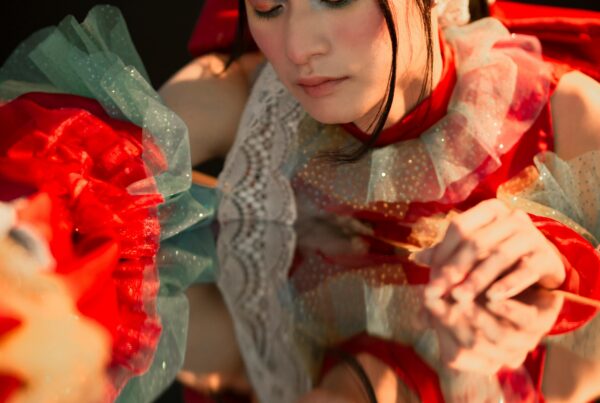Bisexual and pansexual are two terms that are often used interchangeably, and it’s easy to see why. One is that they are both sexually oriented and represent the attractiveness of a person, and both are sexually attracted to multiple genders. However, using these terms interchangeably may make sense for some people, like most things about sexuality and gender, but the two terms are not exactly the same. So not everyone feels exactly the same.
But these labels tend to have a surprising impact on our dating lives. I’ve had people reject me for using either one. When I said I was bisexual, my date at the time told me I was being transphobic, which led to quite a bit of heartbreak.
On the other hand, when I told a cis friend that I’m pansexual, they told me I must be more inclined towards cheating or infidelity, because I feel attraction to all genders. Which made no sense to me, considering that my dating life sucked, and I had low libido, thanks to depression.
In the middle of a healing therapy session, my therapist asked me to explain the differences clearly, which is why I wrote this blog.
So, let’s dive in.
 What is Pansexuality?
What is Pansexuality?
The term “pan” in pansexuality, means “everything” in Greek. The term refers to a person who is attracted to all genders. The point here is that in pansexuality, gender does not determine attractiveness, and pansexuals usually do not prefer one gender to another.
For example, pansexuals can be attracted to both their gender and the opposite sex.
However, a person’s gender is not a requirement or determinant of whether they want to date you or sleep with you. Do you remember the Schitt’s Creek quote? When explaining sexual orientation, David says, “I like the wine, but not the label.” It’s an apt metaphor for pansexuality.
However, it is important to note that sexual orientation (such as pansexuality) is different from gender identity. Gender is usually assigned by a doctor at birth based on the genitals, but gender is a social component. Regardless of what your maternity doctor says, you can choose the gender that suits you best, including male, female, non-binary, genderfluid, and genderfluid.
 What is Bisexuality?
What is Bisexuality?
In the broadest sense, bisexuality is very similar to pansexuality. Bronder says that one of the most common modern definitions of bisexuality is “attracted by a different gender, like you.”
This means that a bisexual “bi” is not synonymous with attracting only two genders, but is synonymous with attracting more than one gender, including yourself. Therefore, a person who is bisexual can be attracted to all genders, with or without preference. Or, to varying degrees, you may be attracted to your gender or the opposite sex.
But when the term first came to popular media, it was a form of gender expression for those who felt masculine and feminine.
From there, it became a way to express attraction to both men and women and has continued to evolve through the ages.
Overall, many different terms, including pansexuality, are technically under the umbrella of bisexuality. The term simply means being attracted to multiple genders. Therefore, pansexuality can also be thought of as a subset of bisexuality.
 What Is The Difference Between Pansexuality and Bisexuality?
What Is The Difference Between Pansexuality and Bisexuality?
Pansexuality and bisexuality are similar, but it is important to understand the differences and similarities. Both terms mean being physically attracted to multiple genders, but pansexuality generally focuses on the person themselves, rather than on gender.
But it’s not because the term is more enlightened-it’s just a matter of language development.
There is a misunderstanding that the term “bisexuality” does not include transgender people, both inside and outside the LGBTQIA + community.
There are bisexual transgender and non-binary people in pansexuality as well. Bisexuality is not rooted in gender binaries or transphobia.
Ultimately, you can use a label that seems to suit you, even if your experience does not “perfectly” fit the definition.
When trying to find the label that works best for you, think about what each label makes you feel. If you ask me, I prefer using “queer” any day. Whatever fits you, you do not owe it to anyone else to explain why your label is what works for you.





